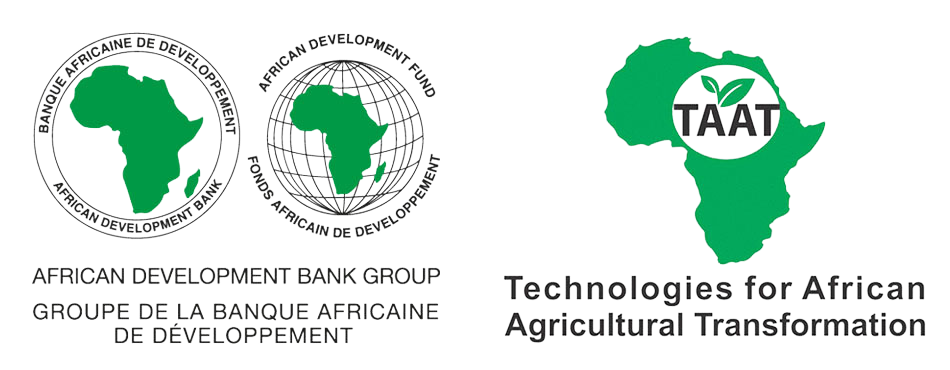

Solar-Powered, Cost-Effective, and Ecologically Smart BioFertilizer for Thriving Crops and Sustainable Agriculture
ABC Grower is an innovative biotechnology developed as a cost-effective fertilizer solution. It utilizes positive microorganisms (EM) to extract essential nutrients from weeds efficiently. These nutrients are then concentrated and carefully formulated to cater to the specific needs of crops, particularly adapted to tropical soils. Powered by solar energy, ABC Grower significantly reduces organic fertilizer production time and costs, providing a sustainable and economically viable alternative for farmers in West Africa.
This technology is validated.
Adults 18 and over: Positive high
The poor: Positive high
Under 18: Positive low
Women: Positive high
Climate adaptability: Moderately adaptable
Farmer climate change readiness: Significant improvement
Biodiversity: No impact on biodiversity
Carbon footprint: Much less carbon released
Environmental health: Greatly improves environmental health
Soil quality: Improves soil health and fertility
Water use: Much less water used
Land Degradation and Reduced Agricultural Productivity:
Poverty Among Farmers Using Chemical Inputs:
Low Adoption of Compost in Organic Farming:
Cost Reduction in Fertilization: Significant reduction in fertilization costs, addressing the financial burden faced by farmers using traditional organic systems.
Improved Agronomic Efficiency: Enhanced agronomic efficiency achieved through precise formulation of biofertilizers, overcoming the limitations of conventional organic fertilization.
Solar Energy Utilization: Using solar energy to reduce the production duration of organic fertilizers from 60 days to just 14 days, reducing the arduousness of the production process.
Economic Valorization of Weeds: Economic valorization of weeds in fields, providing additional economic value to these plants for the benefit of farmers.
ABC Grower technology has a positive impact on Sustainable Development Goals (SDGs), Gender, and Climate. It reduces fertilization costs, enhances food security, and empowers women. Through the utilization of solar energy and the promotion of sustainable practices, it mitigates climate change effects and reduces carbon emissions.
To integrate this technology into your project, the following activities and prerequisites should be considered:
Calculate the required quantity of product needed for your project based on an initial cost of USD 8 per unit. Account for delivery costs, import clearance, and duties if relevant, considering the technology is sourced in Benin.
Provide training and post-training support for project installation, with a team of trainers available for assistance. Develop communication support materials such as flyers, videos, and radio broadcasts to promote the technology.
Consider collaboration with agricultural development institutes to facilitate the implementation of the technology in your country.
Initial cost
Benefit
Production Kit purchase
Benefit for the kit purchase
Lifespan
Patent granted
Scaling Readiness describes how complete a technology’s development is and its ability to be scaled. It produces a score that measures a technology’s readiness along two axes: the level of maturity of the idea itself, and the level to which the technology has been used so far.
Each axis goes from 0 to 9 where 9 is the “ready-to-scale” status. For each technology profile in the e-catalogs we have documented the scaling readiness status from evidence given by the technology providers. The e-catalogs only showcase technologies for which the scaling readiness score is at least 8 for maturity of the idea and 7 for the level of use.
The graph below represents visually the scaling readiness status for this technology, you can see the label of each level by hovering your mouse cursor on the number.
Read more about scaling readiness ›
Uncontrolled environment: validated
Used by some intended users, in the real world
| Maturity of the idea | Level of use | |||||||||
| 9 | ||||||||||
| 8 | ||||||||||
| 7 | ||||||||||
| 6 | ||||||||||
| 5 | ||||||||||
| 4 | ||||||||||
| 3 | ||||||||||
| 2 | ||||||||||
| 1 | ||||||||||
| 1 | 2 | 3 | 4 | 5 | 6 | 7 | 8 | 9 | ||
| Country | Testing ongoing | Tested | Adopted |
|---|---|---|---|
| Benin | –No ongoing testing | Tested | Adopted |
| Burkina Faso | –No ongoing testing | Tested | –Not adopted |
| Côte d’Ivoire | –No ongoing testing | Tested | Adopted |
| Mali | –No ongoing testing | Tested | Adopted |
| Niger | –No ongoing testing | Tested | –Not adopted |
| Senegal | –No ongoing testing | Tested | –Not adopted |
| Togo | –No ongoing testing | Tested | –Not adopted |
This technology can be used in the colored agro-ecological zones. Any zones shown in white are not suitable for this technology.
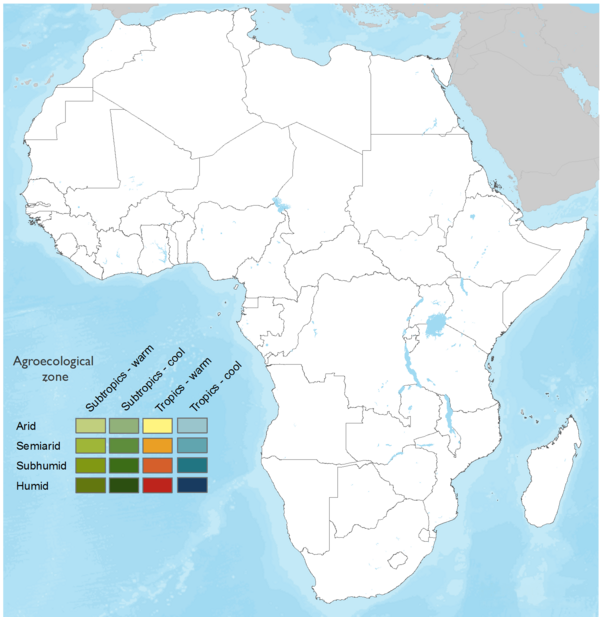




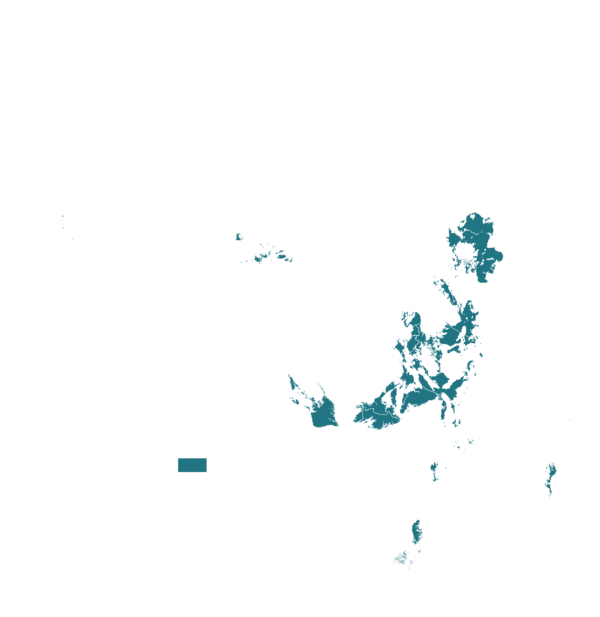

| AEZ | Subtropic - warm | Subtropic - cool | Tropic - warm | Tropic - cool |
|---|---|---|---|---|
| Arid | – | – | – | – |
| Semiarid | – | – | – | – |
| Subhumid | – | – | ||
| Humid |
Source: HarvestChoice/IFPRI 2009
The United Nations Sustainable Development Goals that are applicable to this technology.

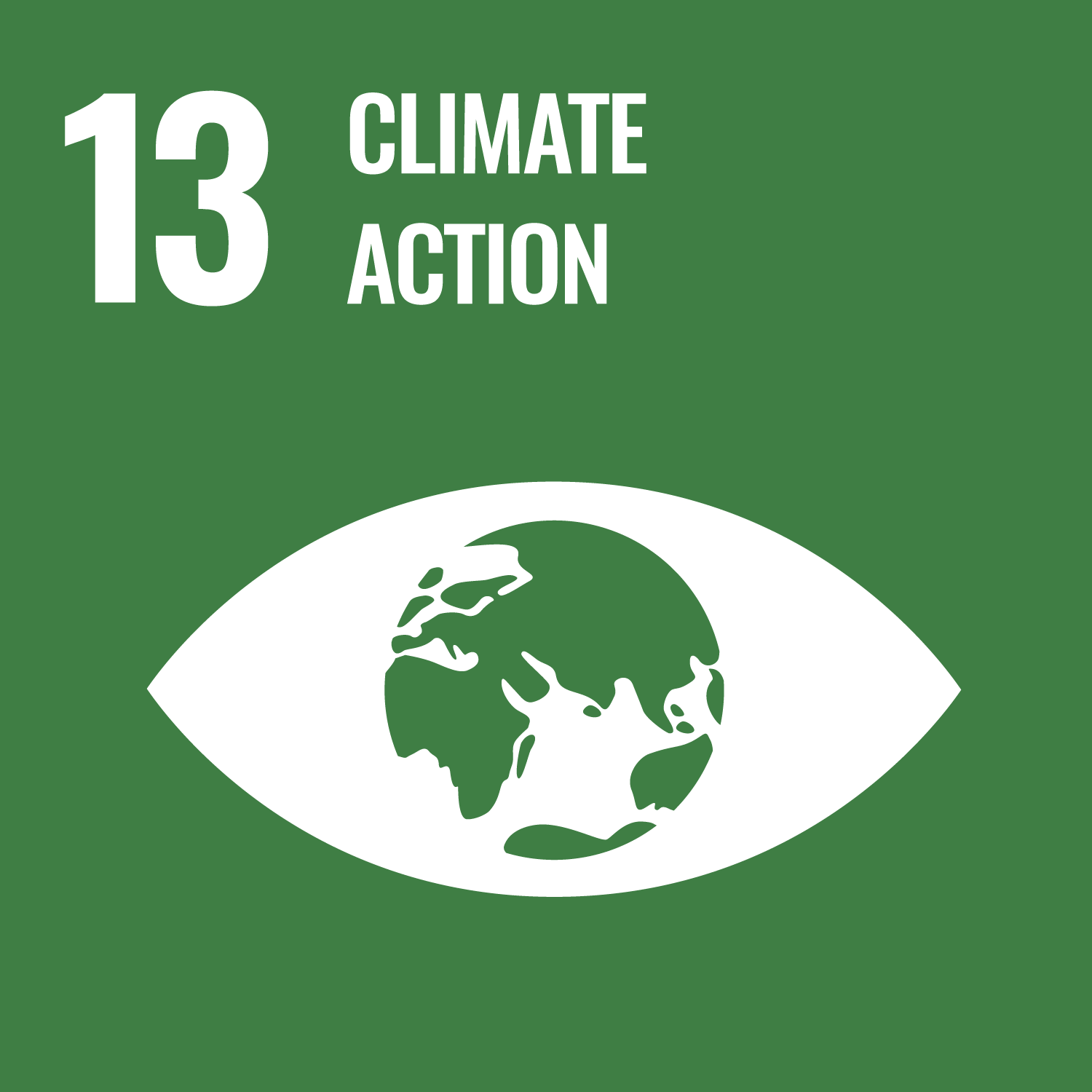
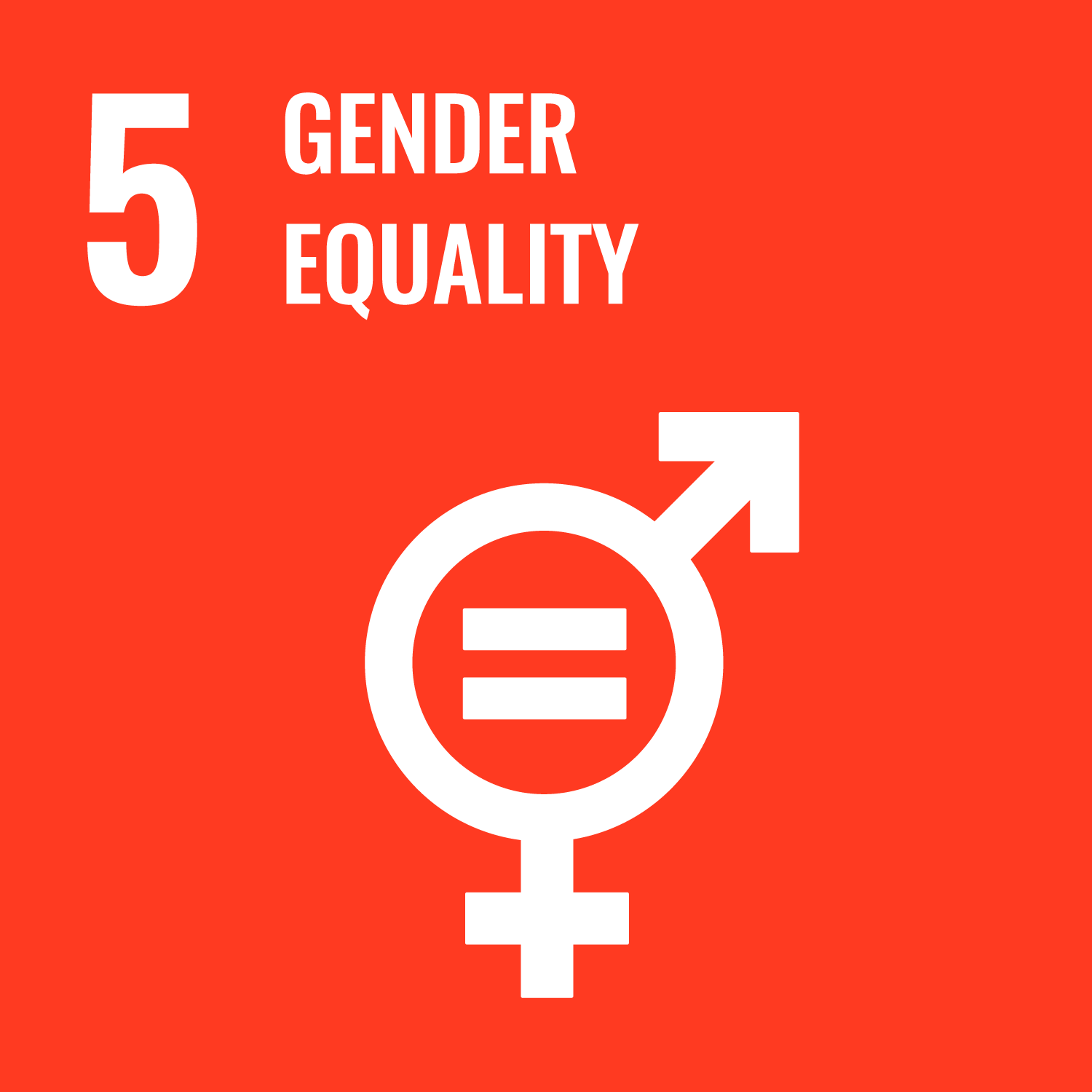
Cost Reduction in Fertilization: Significant reduction in fertilization costs, addressing the financial burden faced by farmers using traditional organic systems.
Improved Agronomic Efficiency: Enhanced agronomic efficiency achieved through precise formulation of biofertilizers, overcoming the limitations of conventional organic fertilization.
Solar Energy Utilization: Utilization of solar energy to expedite the production time of organic fertilizers from 60 days to just 14 days, reducing the arduousness of the production process.
Economic Valorization of Weeds: Economic valorization of weeds in fields, providing additional economic value to these plants for the benefit of farmers.
Last updated on 1 September 2025